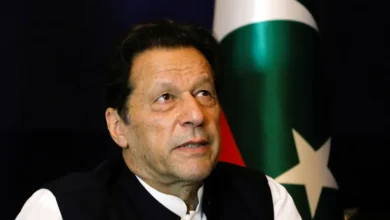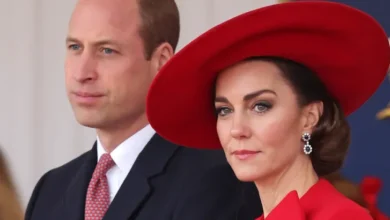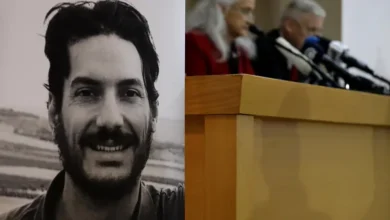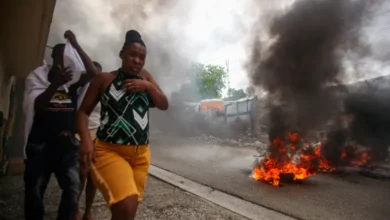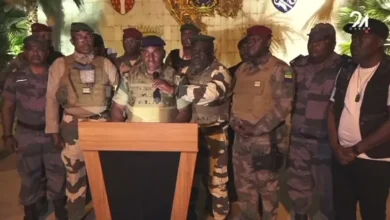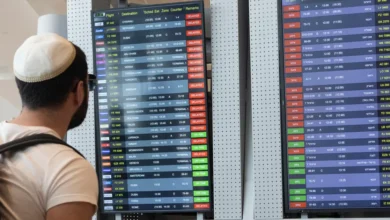Russia, Ukraine conduct air attacks on multiple cities as war intensifies
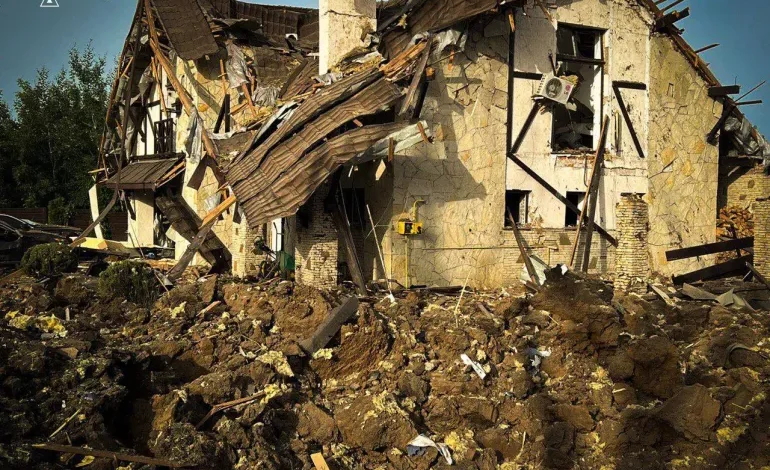
Russia and Ukraine traded attacks which resulted in casualties overnight and into Sunday, officials from both sides say.
Two people were injured and dozens of residential and other buildings damaged in a Russian missile attack on Kyiv overnight, according to the head of the regional
Of the three missiles launched by Russia, Ukraine’s air defence systems destroyed two over the Kyiv region, Ukrainian Air Force Commander Mykola Oleshchuk said on the Telegram messaging app.
Falling debris injured two people who did not require hospitalisation, Ruslan Kravchenko, head of the Kyiv region’s administration, said on Telegram. He added that six multistorey residential buildings, more than 20 private houses, as well as a gas station and a pharmacy were damaged.
Meanwhile, Ukrainian forces destroyed aerial drone facilities in the southern Russian region of Krasnodar, its navy reported on Telegram.
Satellite images confirmed the destruction of storage depots, training facilities and control points for drones in the region, which lies to the east of the Crimean Peninsula, it said, publishing photos to provide evidence.
Three people, including two children, were killed in a Ukrainian missile attack on the Russian-controlled Sevastopol, Russian-installed officials said, adding that about 100 people suffered shrapnel wounds of varying severity.
The Russian Defence Ministry said four of the five US-supplied ATACMS missiles used in the attack were shot down by air defence systems and the ammunition of a fifth detonated in mid-air.
In the Belgorod region, Governor Vyacheslav Gladkov said on Telegram, that one person was killed and three wounded after Ukrainian drones hit the Russian town of Graivoron.
At least 30 drones were destroyed over Russia’s western region of Bryansk, which borders Ukraine, Governor Alexander Bogomaz said on Telegram. No damage was reported.
Russia’s air defence systems also destroyed drones over the Smolensk region, Vasily Anokhin, governor of the region in Russia’s west, said on Telegram.
Guided bombs
On Saturday, Moscow’s guided bombs shattered an apartment building in Ukraine’s second-largest city, killing three people, injuring 52 and prompting President Volodymyr Zelenskyy to call for more help to deal with the growing threat of such weapons.
“This Russian terror through guided bombs must be stopped and can be stopped,” Zelenskyy wrote on Telegram. “We need strong decisions from our partners to enable us to stop the Russian terrorists and Russian military aviation right where they are.”
Later, in his nightly video address, Zelenskyy said Russian forces had used more than 2,400 guided bombs on Ukrainian targets in June alone, with about 700 aimed at Kharkiv.
Russia has increasingly relied on relatively inexpensive guided bombs, dropped from a distance and involving fewer risks for its forces in its war in Ukraine.
Decisions on nuclear weapons
Samual Ramani from the Royal United Services Institute told Al Jazeera from London that Russia has surprised the world by intensifying its attacks in spring and summer, rather than in winter.
“The prevailing assumption in the West was that Russians will repeat the attacks they did in the winter of 2022 and the winter of 2023,” he said. “But they didn’t do that and caught everyone by surprise.”
On Sunday, Andrei Kartapolov, the head of the Russian lower house of parliament’s defence committee, was quoted by state news agency RIA as saying his country could reduce the decision-making time stipulated in official policy for the use of nuclear weapons.
“If we see that the challenges and threats increase, it means that we can correct something in [the doctrine] regarding the timing of the use of nuclear weapons and the decision to make this use,” RIA quoted Kartapolov as saying.
Russia’s 2020 nuclear doctrine sets out when its president would consider using a nuclear weapon: broadly as a response to an attack using nuclear or other weapons of mass destruction or conventional weapons “when the very existence of the state is put under threat”.


